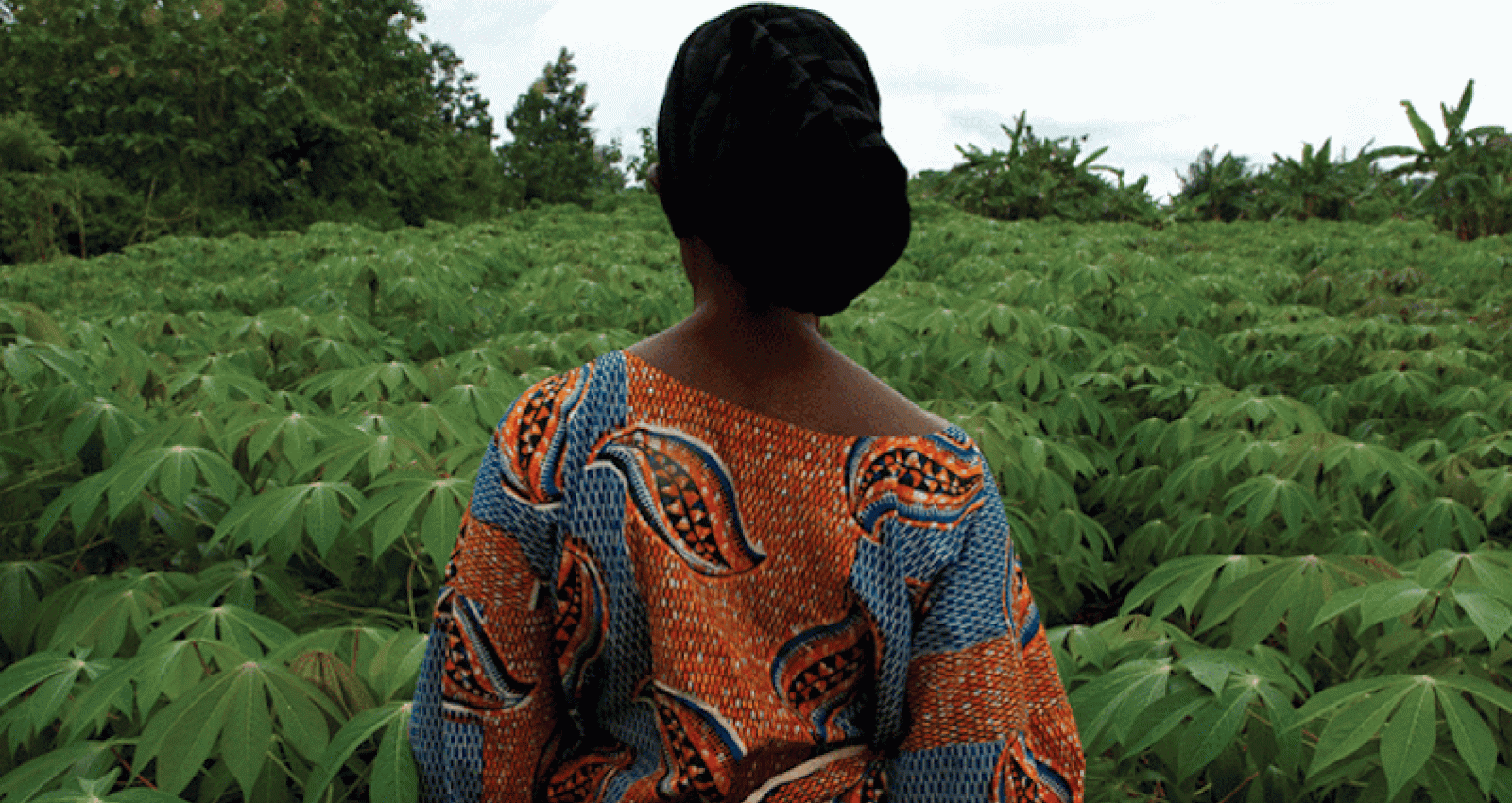The Kaleidoscope Effect
By offering a new perspective, evaluation can provide insights that might otherwise have been missed.
By offering a new perspective, evaluation can provide insights that might otherwise have been missed.
By: Caroline Heider
By offering a new perspective, evaluation can provide insights that might otherwise have been missed.
What does that have to do with evaluation? Many of us will remember kaleidoscopes from when we were children. Maybe youâve given one to your daughter or your nephew? These simple devices allowed you to turn the world upside down while standing still. Their popularity - at least when I was young - make the point that seeing something familiar in a new way often requires changing our perspective.
Many evaluation clients - and at times evaluators - despair of my rigidity when it comes to certain evaluation principles. They feel that these principles - looking at interventions that have been implemented, and evaluating them against the objectives they set themselves - severely limit the scope for innovation in evaluation. Certainly, not a kaleidoscopic view.
Or so it seems.
In fact, one way in which evaluation is innovative and adds new insights is by changing our point of view. By moving away from a traditional perspective and seeing what is being evaluated through a different lens we might gain insights others do not see.
Some examples:
Integrating across sectors. In a couple of our recent and ongoing evaluations - Health Finance and Early Childhood Development to name just two - we have shown how different parts of the World Bank Group are working in the same area, sometimes together and sometimes in parallel. By taking a different perspective, shifting from investments in the health sector to health finance, or by looking at early childhood development rather than at the various sectors in isolation, we shift the perspective on interventions in their own right to one that puts them into context with others. One of the results is the creation of a platform for greater collaboration within the Bank Group that promotes integrated solutions to the most pressing multi-sector development challenges.
Integrating across regions. A year ago we introduced a new approach to clustered country program evaluations (CPEs). This approach involved two shifts: a move away from standalone CPEs to one that groups them; and a shift from large client country groupings (MICs, LICs, FCS) to one that identifies client countries with specific, shared development challenges and opportunities. The first evaluation using this method is in its final stages of preparation and while it is too early to share results, the approach has resulted in an interesting sample of countries that promote learning across the globe, transferring knowledge from one region to another and coming up with solutions that build on much broader experience.
Integrating poverty and shared prosperity. At IEG we adopted inclusive growth as the overarching driver of our evaluations during the last 2-3 years. This commitment helped us to introduce a different lens to evaluations that might not otherwise have been seen from this perspective. For instance, in our evaluation of private-public partnerships, we investigated how PPPs affected the poor, whether directly, through better service provision, or by ensuring fiscal sustainability to free public resources to make such services possible. We found that no-one is tracking this information. In our evaluation of investment climate reforms, we found that the Bank Group's assistance focuses primarily on what is good for companies and not on reforms that have positive development outcomes for economies and society at large. The message? We need to consider poverty and shared prosperity in our evaluations even, or maybe particularly, when those considerations are least apparent.
In each of these examples, we took a traditional evaluation approach of evaluating past interventions against their objectives, but at the same time looked at them from a new lens - how did they fit across sectors, countries and regions, or served the higher purpose of the World Bank Group - which is how we added a different perspective and new insights.

Add new comment